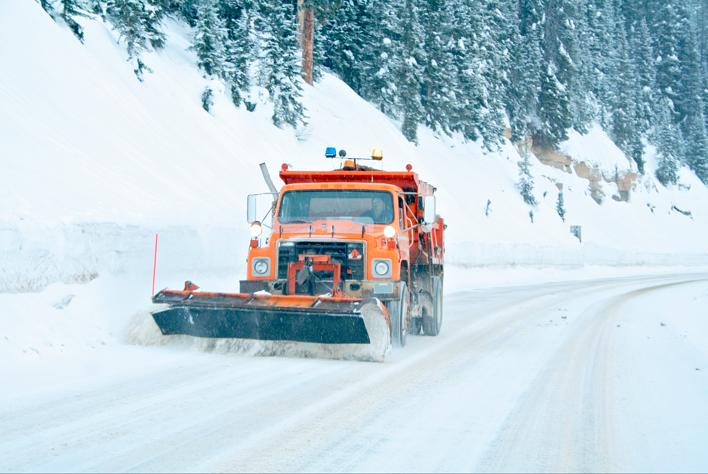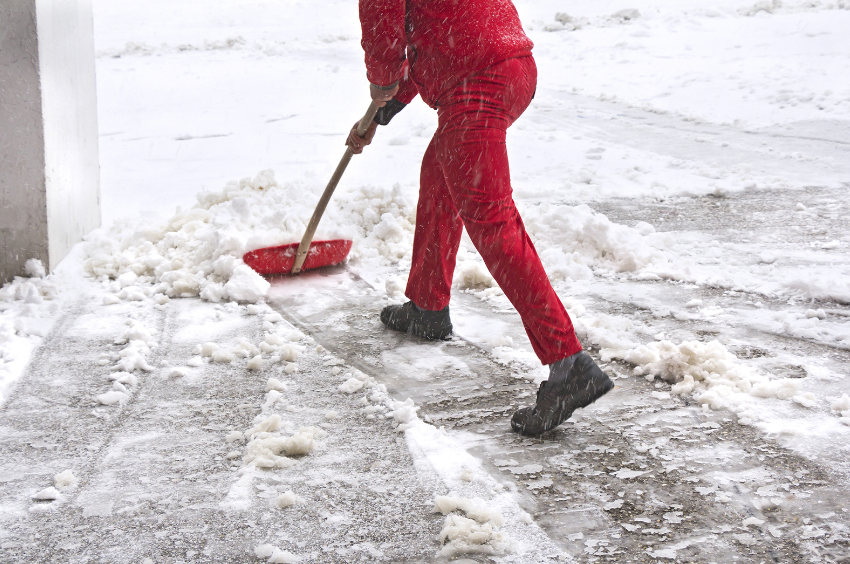
Having an effective snow removal plan is a necessity with today’s unpredictable weather. A last-minute storm can have personnel scrambling to clear parking lots, sidewalks, and other areas before they pose a risk to site visitors. A significant snowfall can have employees working around the clock trying to keep up with snow accumulation. Is your ice and snow removal plan ready for Old Man Winter? Keep reading to find out.
Winters are Getting Worse
There has been a shift in climates and weather patterns around the world. We think of global warming to only be a warming effect, but that’s not true. In addition to overall warmer temperatures in many areas, there has also been an increase in the amount of snowfall and colder temperatures in much of the northern hemisphere. Researchers credit this to increasing amounts of arctic ice melting due to global warming.
The loss of sea ice causes more water surface to be exposed to the sun, which leads to the water warming up. This creates an effect known as Arctic amplification. As the National Snow and Ice Data Center (NSIDC) explains, the warmer water then causes more ice to melt, creating an increased cycle of ice melting, or an “amplification” of the ice melting cycle. NSIDC research shows that there is 45 percent less sea ice today than in the 1990s. This added moisture to the atmosphere can cause effects we have not encountered before. We are even seeing more snowfall occurring in October, and extremely low temperatures resulting from a shift in the jet stream that is bringing Arctic air further south. These increases in colder temperatures have been expanding the time each year you have to worry about ice and snow removal, as winter seems to start earlier and last longer--even at times continuing into spring.
What This Means for You
The changes in weather patterns is changing how you need to prepare for the winter season. You will need to start making plans earlier in the year. Although not every year will have us seeing extremely harsh and long winters, it is a pattern that is occurring more often. Therefore, budgets and schedules need to be adjusted accordingly to meet the new needs of our changing seasons.
Further, you may need to reconsider the type of removal tools you use. For example, your snow and ice removal plan undoubtedly includes deicing salt. However, salt becomes ineffective once temperatures drop below 15°F (-9.4°C). There are other chemicals that can melt snow and ice at below 0°F (-18°C) temperatures, but they are costly.
One way to outsmart Old Man Winter as he brings these cold temperatures is with the use of heated floor mats. These are not challenged by temperature, they run 24/7, and they can help you save money by protecting your facility from slip and fall lawsuits. Heated mats and other alternative snow melting methods are a great addition to your snow and ice removal plan.


